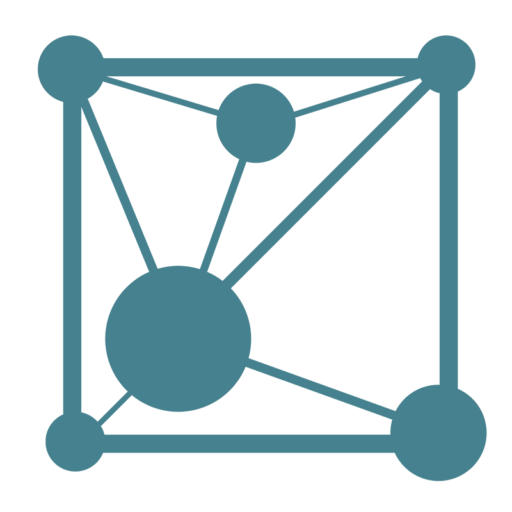Build your strategic toolkit in under 5 minutes.
NotSoWrong is a network of interconnected ideas and explanations, each readable in under 5 minutes, to help learners and strategists solve complex problems more easily—and (hopefully) be wrong less often.
🙋♂️ Hello,
I’m John A. Eastman, a tech industry strategist and investor, and a passionate knowledge-seeker. Since 2016 I’ve worked in Corporate Development & Strategy roles for consumer software companies, previously for Twitter and currently for Robinhood, driving various strategic initiatives and leading dozens of acquisitions and investments. Formally, my education centered on business and strategy, including earning an MBA from Berkeley and a CFA Charter. Informally, I spend much of my free time reading, writing, or practicing astrophotography.
I live in San Francisco with my wife (and Chief Editor), Kelcie, and our dog, Martini. You can find me on Twitter/X and LinkedIn.
🧐 Why NotSoWrong?
Many believe that the goal of strategy and good decision-making is to be “right”—as if there is a single correct path waiting to be discovered. In complex systems such as companies or nations, there is rarely a definitively “correct” strategy, but there are countless ways to be wrong.
NotSoWrong was founded on two key principles:
- Critical Rationalism: Progress doesn’t require us to discover some mystical “ultimate truth” or devise some convoluted scheme. Rather, progress comes from a process of systematic error-elimination, of being less and less wrong over time by learning from our mistakes. Advocates of this theory, called “critical rationalism,” include philosopher Karl Popper and physicist David Deutsch—both of whom helped inspire NotSoWrong.
- Multidisciplinarity: The best foundation for eliminating error is to ground our decision-making in a network of powerful ideas and explanations across disciplines. In addition to Popper and Deutsch, a famous proponent of this approach is Charlie Munger—another idol of mine.
From physics to systems to computer science, I’m obsessed with finding these ideas, understanding how to use them in our professional and personal lives, and making them accessible to anyone willing to invest a few minutes a week.
💡 The NotSoWrong Approach
- Bridging Theory and Practice — There’s no shortage of resources providing practical advice: productivity tricks, keys to success, life hacks, etc. These can be valuable, but without grasping the explanations behind them, we limit their potential. Conversely, many publications dive deep into formal scientific theory, which is often unapproachable for non-academics. NotSoWrong seeks to provide a better “bridge” between theory and application to empower learners and strategists to make better decisions.
- Interdisciplinary Synthesis — NotSoWrong aims to curate an approachable network of useful multidisciplinary ideas, avoiding technical jargon. Articles concisely summarize the key ideas, discuss their strategic applications (including when not to use them), and draw meaningful connections with other valuable ideas.
With this approach, I believe we can build a robust mental scaffolding in which the whole system of knowledge becomes stronger than the individual ideas—enabling us to create more effective solutions and to avoid error more consistently.
🙋♀️ What to Expect
✓Bite-Sized Wisdom: All NotSoWrong articles are readable in under 5 minutes, written in plain English.
✓Multidisciplinary: Articles draw from and integrate research and examples from diverse disciplines, from business to physics to biology.
✓Visual Aids: Custom visuals and drawings are designed exclusively to enable better understanding.
✓Cost? None! All NotSoWrong content is completely FREE. My primary goal is intrinsic: to learn, share, and discuss ways to be less wrong.
***
👉 Ready to dive in? Sign up for the NotSoWrong Newsletter or explore my library of Articles.
